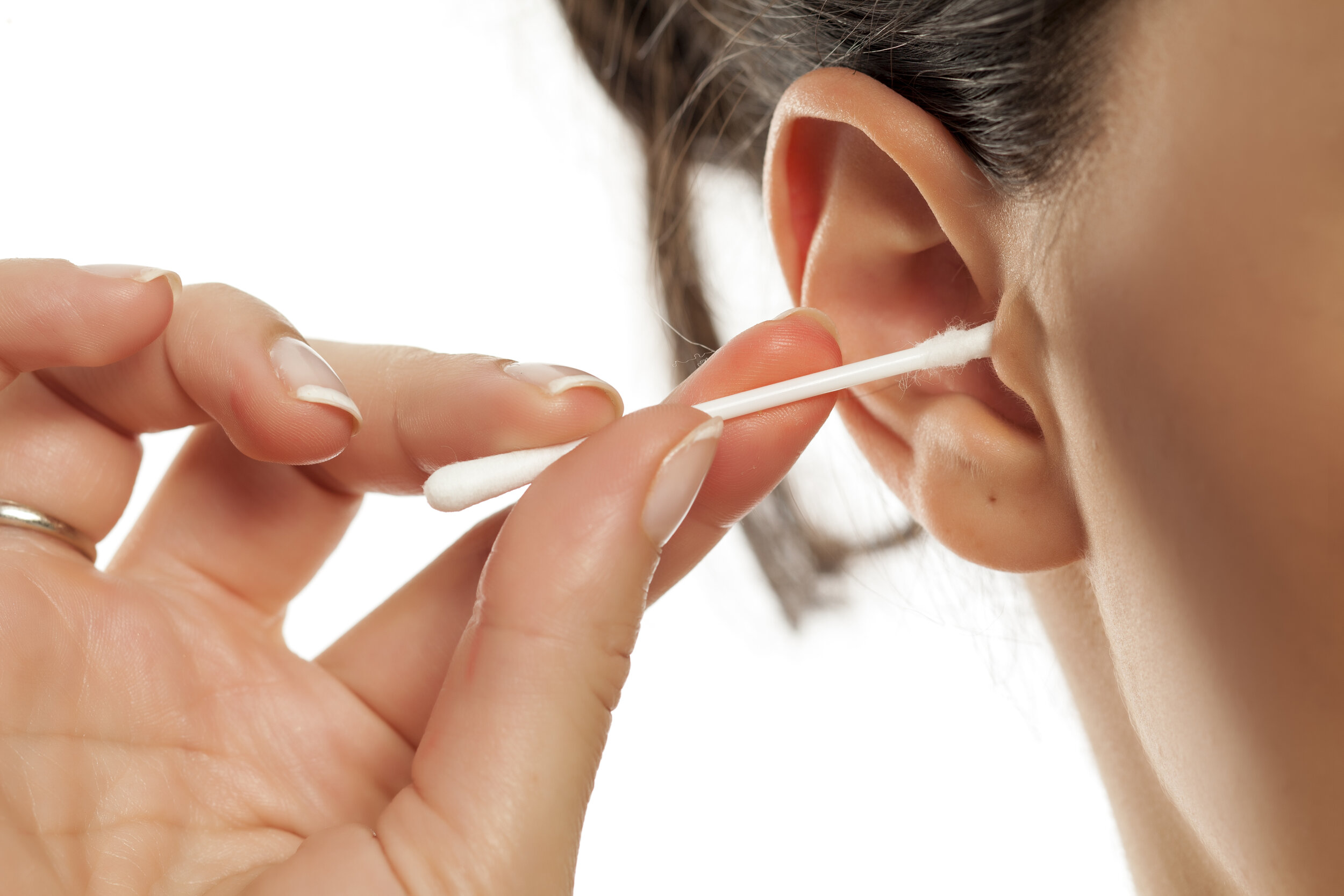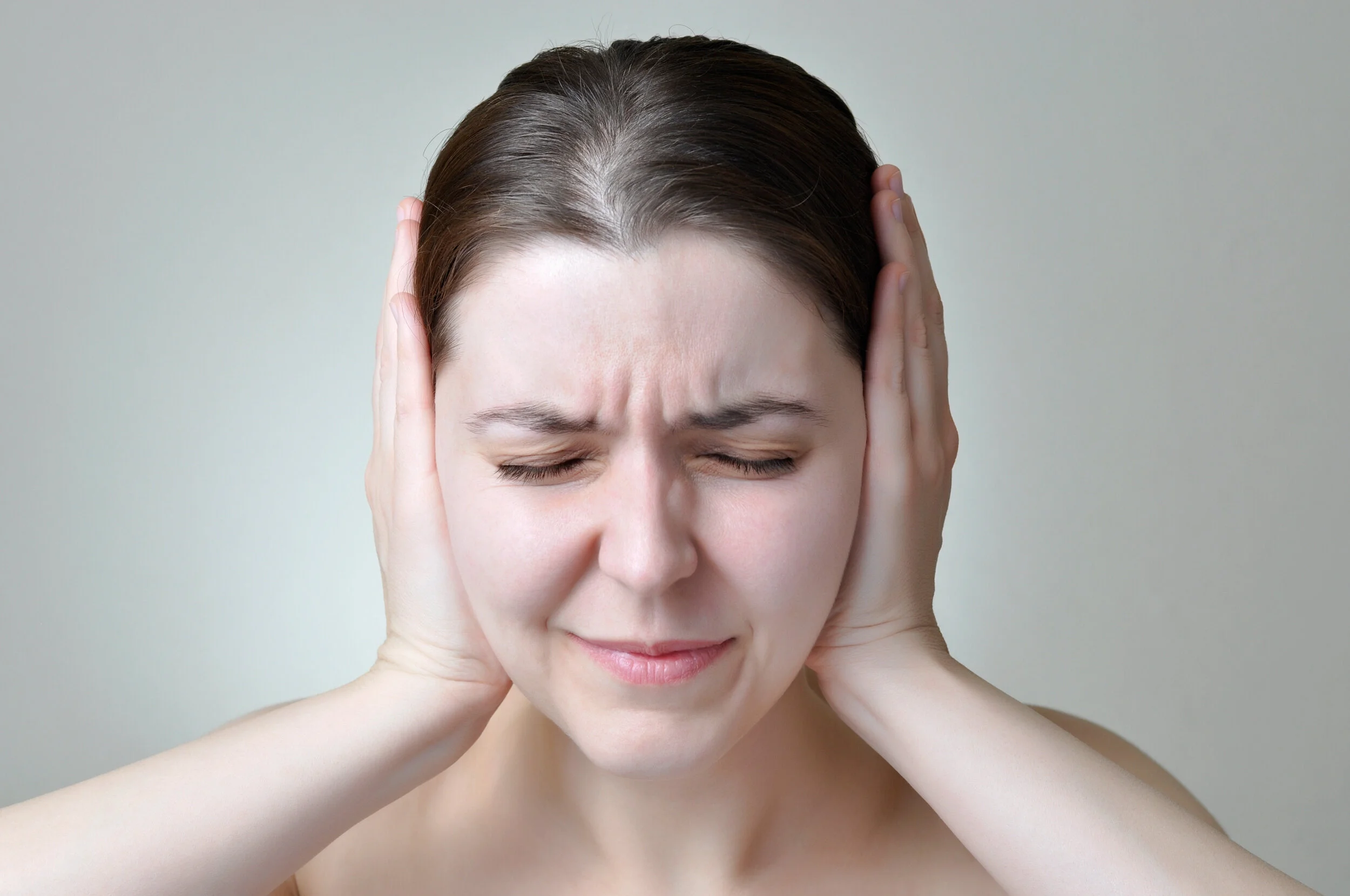Hearing Aid Styles and Technology
Hearing aids are available in many different sizes and styles thanks to advancements in digital technology and miniaturization of the internal components. Many of today's hearing aids are considered sleek, compact and innovative – offering solutions to a wide range of hearing aid wearers.
The following are the main styles of hearing aids. Your final decision will be based on the degree of your hearing loss, your listening needs, and your personal preference.
Invisible in canal (IIC): The smallest custom style, the IIC, sits invisibly in or past the second bend of the ear canal. IIC devices are specifically designed for mild-moderate hearing loss. These are also available in Titanium.
Completely-in-the-canal (CIC): One of the smallest hearing aid on the market, CIC instruments, fit deeply and entirely with the ear canal. They fit mild-to moderate hearing losses and offer high cosmetic appeal, as they’re nearly invisible when worn. These are also available in Titanium.
In-the-canal (ITC): ITC instruments sit in the lower portion of the outer ear bowl, making them comfortable and easy to use. Because they're slightly larger than CIC models, they have a longer battery life, and can host additional features such as directional microphones for better understanding in noisy environments, and controls such as volume controls. Certain brands now offer Bluetooth capabilities in the ITC style. They fit mild and moderate hearing losses.
In-the-ear (ITE): Full shell models sit flush within the entire ear bowl. Their size allows the maximum number of additional controls and features such as directional microphones, which require space on the outer portion of the instrument. They use a larger battery size than the smaller styles and can fit a larger receiver with enough power for even some severe hearing losses. Certain brands now offer Bluetooth capabilities in the ITE style. Because of their flexibility, they're widely recommended for mild-to-severe hearing loss.
Behind-the-ear (BTE): BTEs with earmolds fit mild through profound hearing losses. Their longer shape follows the contour behind the outer ear and can house many features, including a program button and volume control. The earmold color and style, as well as the wearer's hairstyle, determine exactly how they'll look on each person.
Receiver-in-the-canal (RIC): RIC models are mini BTEs that have the speaker of the instrument incorporated in the ear tip, instead of in the main body of the instrument. RIC instruments fit mild-to-severe hearing losses.
Remember that no hearing aid style is better than another: It is simply a matter of choosing the one that's right for you!
TechnologyThe second area to be considered is technology. The choice of technology in the hearing aid is determined by your lifestyle, listening needs and budget.
The majority of hearing aids today are digital. Digital processing enables the hearing aids to amplify in specific accordance with the hearing aid wearer's hearing loss. Digital hearing aids separate sound into different frequency regions and amplify each region selectively. The processing within hearing aids enables different amounts of amplification for soft, moderate, and loud sounds. Therefore soft sounds are audible but loud sounds are not uncomfortable, resulting in excellent sound quality and better speech understanding in noise.
Below are some features available. They may be dependent on the technology level chosen. Selecting appropriate technology will depend on your budget, lifestyle and communication needs.
Directional Microphones
Works to improve speech understanding in background noise. Applies preference to sound in front of the wearer and works to reduce what they perceive as unwanted noises from behind the wearer.
Noise Reduction
Works to determine if the environment contains unwanted background noise and reduces the level of noise if present. Background noise is less annoying which aids in listening comfort.
Feedback Management
Works to reduce or eliminate whistling. Hearing aid wearer's comfort is improved.
Wind Noise Reduction
Works to reduce noise created from wind blowing across the hearing aid's microphone(s). Designed to improve comfort for persons who spend a lot of time outdoors.
Data Logging/Learning
The ability of the hearing aid to track and learn the hearing aid wearer's preferences in various listening environments. This information can assist the hearing professional in making future programming adjustments and/or allows the hearing aid to adapt to the wearer's preferences.
Bluetooth TechnologyToday we are more connected electronically than ever before. Our friends, family and co-workers all expect to be able to reach us in seconds. Hearing aids with Bluetooth capability allow you to stream audio directly into your hearing aids.
Batteries vs. RechargeableIt doesn’t matter where you are or what you’re doing; rechargeable hearing aids were created to simplify your life. Finally, a chance to free yourself from the hassles of disposable batteries with a groundbreaking built-in lithium-ion battery technology.
As you can see, there are many decisions to make when choosing a hearing aid. Dr. Leigh has the expertise to find the right combination to assure your successful hearing aid fitting. Schedule your appointment with Dr. Leigh today! (504) 616-8919









